NSCN (IM) and the NNPGs should be held accountable to deliver on their commitments
By Along Longkumer
Much hope for peace, reconciliation and unity has been generated once again among the Naga public with the Forum for Naga Reconciliation (FNR) renewing its earlier initiative to bring the Naga Political Groups (NPGs)—the NSCN (IM) and the NNPGs—to a common platform.
On September 14, under the welcome initiative of FNR, the NSCN (IM) and the NNPGs came together for the first time in several years and signed the “September Joint Accordant”, making a commitment to find ways to transcend their differences through cooperation on the principles of peace.
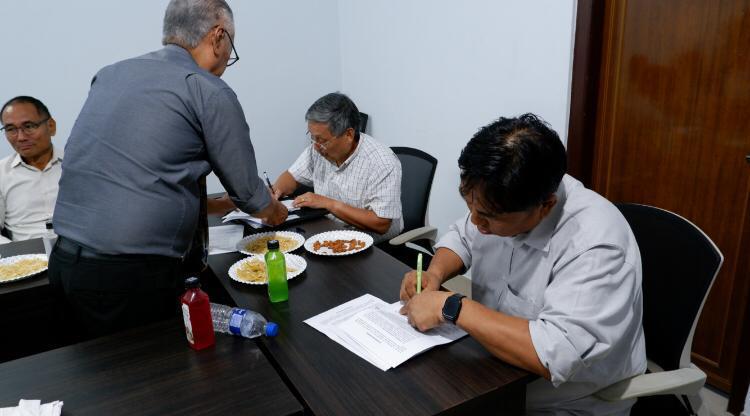
Further as a follow-up to this, during a two-day meeting facilitated by the FNR at Kolkata on October 17 and 18, the two sides have agreed to form a ‘Council of Naga Relationships and Cooperation’ to explore realistic ways for Nagas to move forward on the basis of Naga people’s historical and political rights.
.
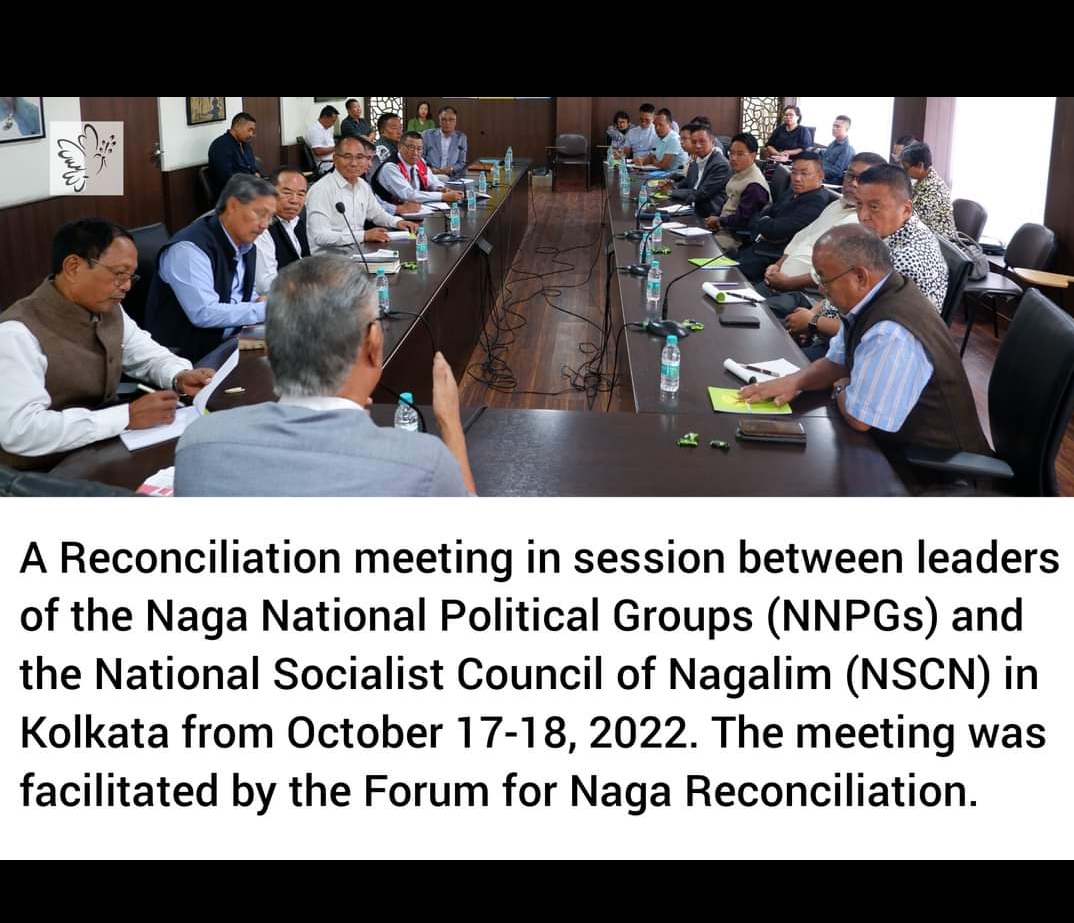
As expected the media has termed the recent initiative as ‘significant steps’ in the ongoing Naga peace process. The overall narrative is changing from ‘the division of the past’ to ‘forgiveness, peace and a shared future’.
The willingness of the NPGs to set aside differences and work together also comes in the backdrop of the much talked about Naga solution. All these are hopeful signs and fulfill the fervent prayer and wishes of the Naga people for unity and solution.
However we should not forget that this is not the first time that our NPGs under the initiative of the FNR have made such public resolve and commitments. Numerous concordant and agreements have been signed in the past as well. But what happened to similar public commitments made earlier by the NPGs? Why have they failed?
Public memory may be short but let The Naga Republic highlight some of the recent agreements which did not materialize.
- The leaders of the NPGs signed the historic ‘Naga Concordant’ on August 26, 2011.

It may be mentioned that the center piece agreement in the ‘Naga Concordant’, mediated by the FNR, was for the different armed groups to work towards the formation of one Naga National Government.
Signed by top Naga leaders Mr. Th Muivah, the Late Mr. Isak Chishi Swu, Brigadier (Retired) S. Singnya, Mr. Zhopra Vero, General (Retired) Khole Konyak, and Mr. N. Kitovi Zhimomi, the ‘Naga Concordant’ had “resolved in principle to work towards the formation of one Naga National Government”.
In fact to ensure the realization of the Naga National Government, the Naga Concordant had even taken the step to form a High Level Commission (HLC) comprising of the signatories, headed by the Chairman/President or the General Secretary/Vice President, and having no less than four competent members in the ranks of Kilonser/Major General and above, as found deemed fit by the respective governments.
Further according to the Naga Concordant, in order to expedite this process of eventually forming the Naga National Government, the HLC was to hold meetings without any further delay in the presence of the FNR as facilitators.
However till date even after eleven years the signatories have been unable to fulfill what was agreed upon in the Naga Concordant.
Interestingly the FNR has not publicly stated the reason/s for the failure in implementing the Naga Concordant. What will the FNR do if the latest September Joint Accordant also fails?
- Another agreement was signed on March 2014 following two days of closed door meeting between top Naga leaders facilitated by the FNR. Called the ‘Lenten Agreement’, the same set of signatories had reiterated “to the formation of Naga National Government”.
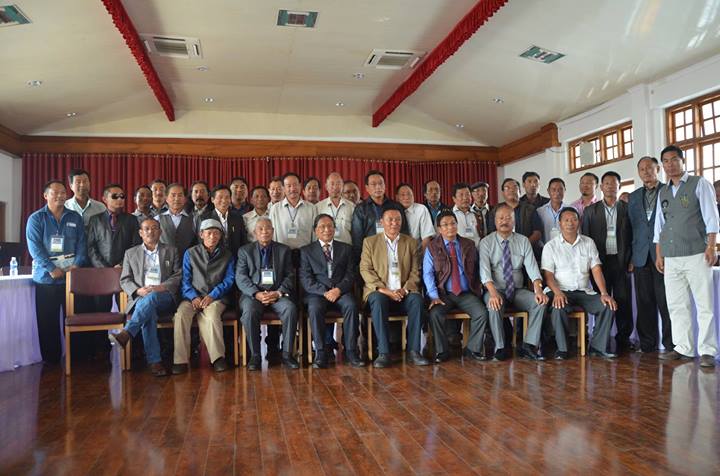
While the Lenten Agreement stated that the commitment to form the Naga National Government was “a process”, it was agreed upon that “this task should begin at the earliest and be completed without delay” and “for the FNR to work out the modalities to expedite the process” of forming the Naga National Government.
Curiously another eight years has elapsed with the Lenten Agreement now extinct.
No progress was made either with regard to the High Level Commission of the Naga Political Groups as mandated by the Naga Concordant or the proposed ‘modalities’ that the FNR was supposed to work on as per the Lenten Agreement.
Now after eleven years since the signing of the Naga Concordant and eight years after the Lenten Agreement, the latest is the September Joint Accordant signed on September 14, 2022 between the NSCN (IM) and the Working Committee of the Naga National Political Groups (NNPGs) in the presence of the FNR.
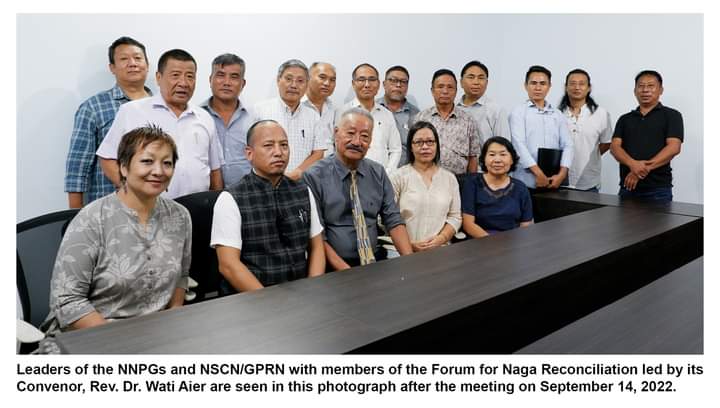
The oft-repeated words to pursue “genuine understanding”, “resolve outstanding issues” and the commitment “to dialogue”, “forgiveness” “moving forward” besides solemn “affirmation in God” and choosing a “shared future” are repeated again.
Like the Lenten Agreement, which was a follow-up to the Naga Concordant, this time also to take forward the September Joint Accordant, another significant meeting under the initiative of the FNR in Kolkata on October 17-18 agreed to form “Council of Naga Relationships and Cooperation” to be led by the convenor of NNPGs and NSCN (IM) chairman.
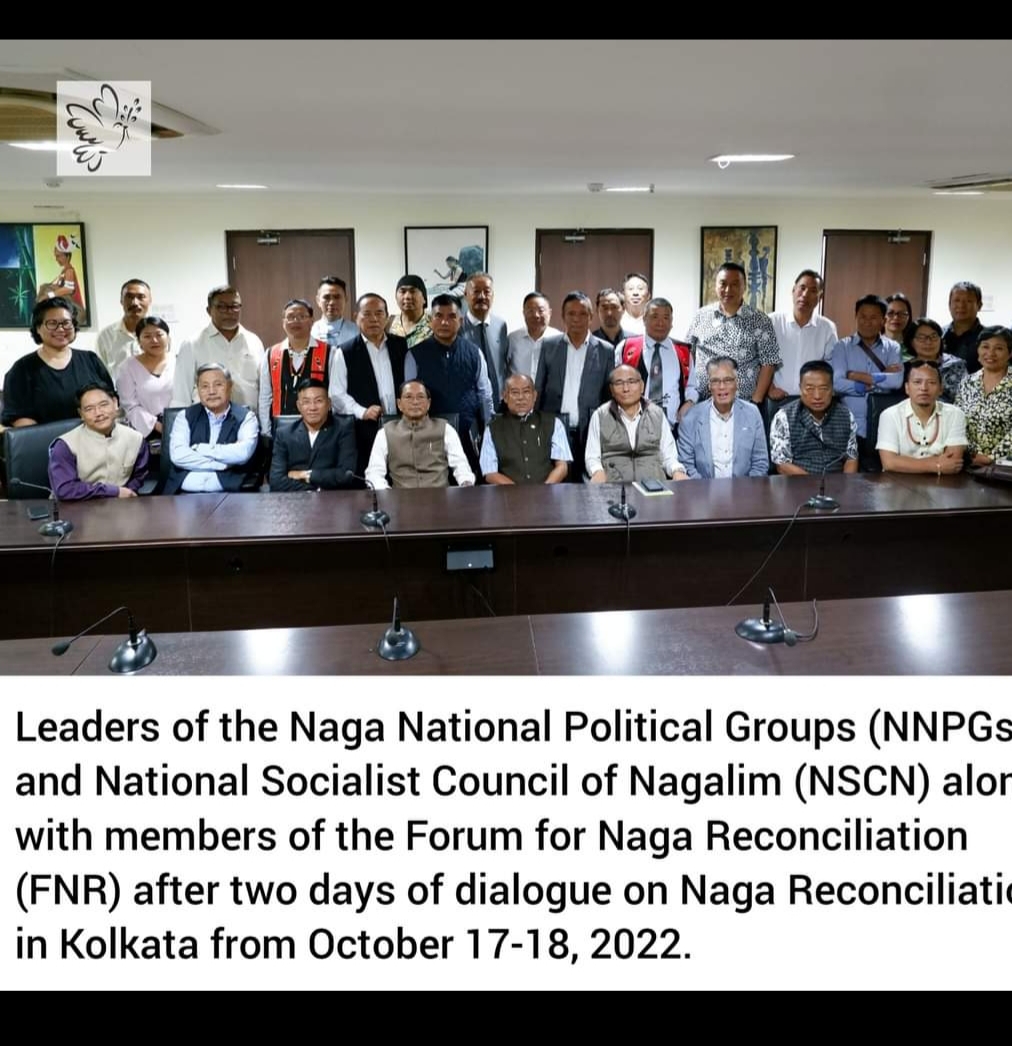
Now similar to the Naga Concordant and the Lenten Agreement which agreed to work towards the formation of one Naga National Government with the public resolve to “begin at the earliest and completed without delay”, the agreement to form the Council of Naga Relationships and Cooperation post the September Joint Accordant will also be done “at the earliest”, declared the joint statement of the NSCN (IM) and NNPGs.
Given the delay of 11 years since the Naga Concordant, the NPGs should be more serious to fulfill what they have agreed upon. The NPGs, despite public expectation, have so far failed miserably to deliver on the numerous concordant and other agreements signed among them with the FNR. They should not take the support of the Naga public for granted.
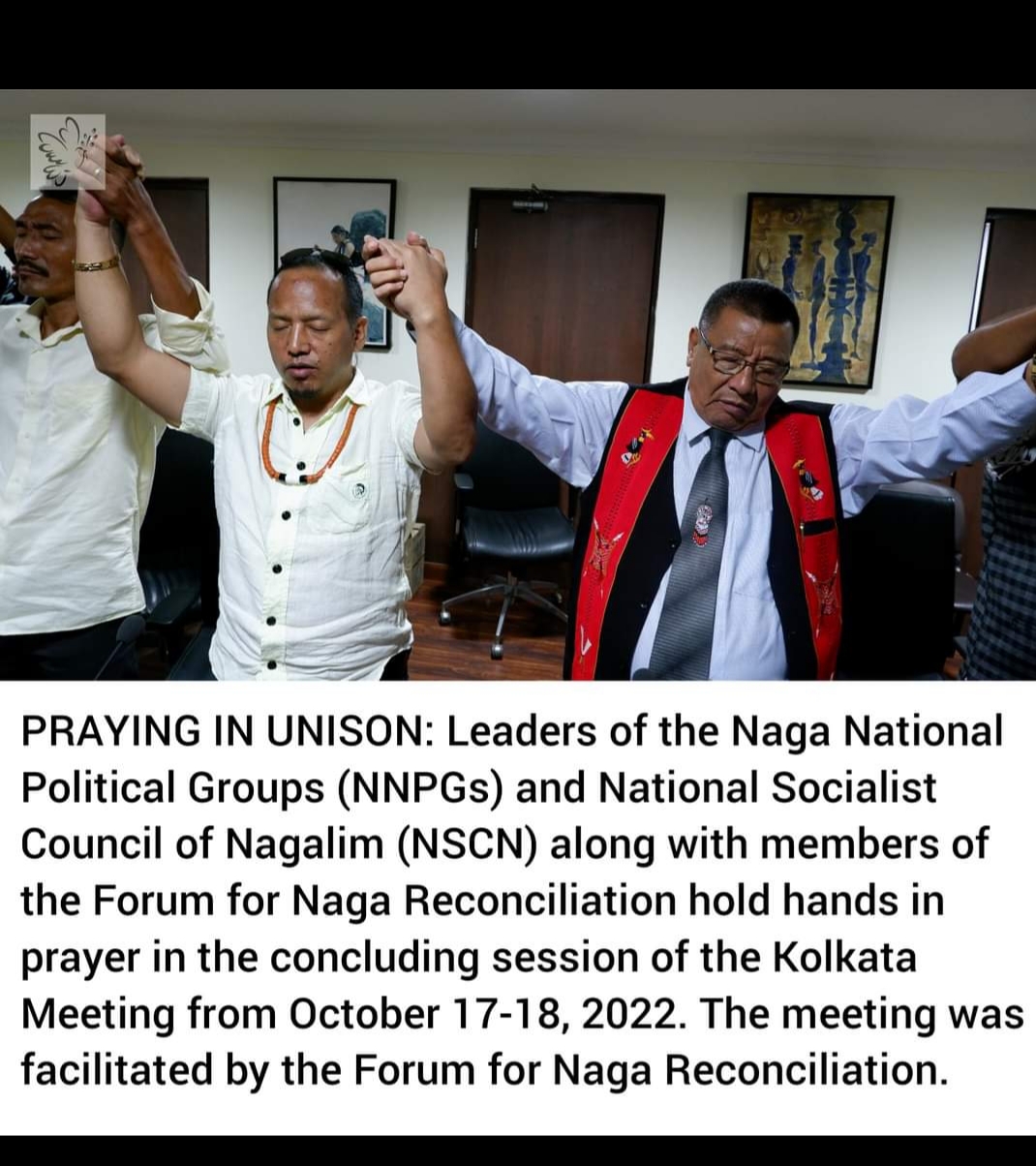
The FNR should also be a platform that not only mediates but also comes out with definite blueprint/s and clear roadmap to help the NPGs take forward the agreements/concordant. To recall, as per the Lenten Agreement, coincidently signed in Kolkata eight years ago, the FNR was requested by the NPGs “to work out the modalities to expedite the process” of a Naga National Government.
While it is true that the process got derailed not due to the fault of FNR, but nevertheless, the FNR should take responsibility to provide direction and purpose to the latest initiative it has painstakingly undertaken. It should come out with a draft on how it can help the two parties take forward the idea of the ‘Council of Naga relationships and cooperation’. This time both the NSCN (IM) and the NNPGs should be held accountable to deliver.
Naga reconciliation may be an ongoing process similar to a ‘marathon’ that requires time and patience. However a solution to the Indo-Naga peace process, now into its 25th year, cannot be treated the same way. A solution can no longer be delayed and for this a power-sharing arrangement among the NPGs should be evolved within a definite time-line.
(The writer is the first Editor, The Morung Express and presently runs the online portal The Naga Republic. He is also the Convenor of The Naga Rising, an ideological, reform and think-tank group)




 What Does Your Face Say About Your Health?
What Does Your Face Say About Your Health? The Top Viral YouTube Videos of 2017
The Top Viral YouTube Videos of 2017 Meet R.N. Ravi, who is mediating peace with the Nagas
Meet R.N. Ravi, who is mediating peace with the Nagas An orbiting message of peace
An orbiting message of peace










Leave a Reply
Your email address will not be published. Required fields are marked (required)